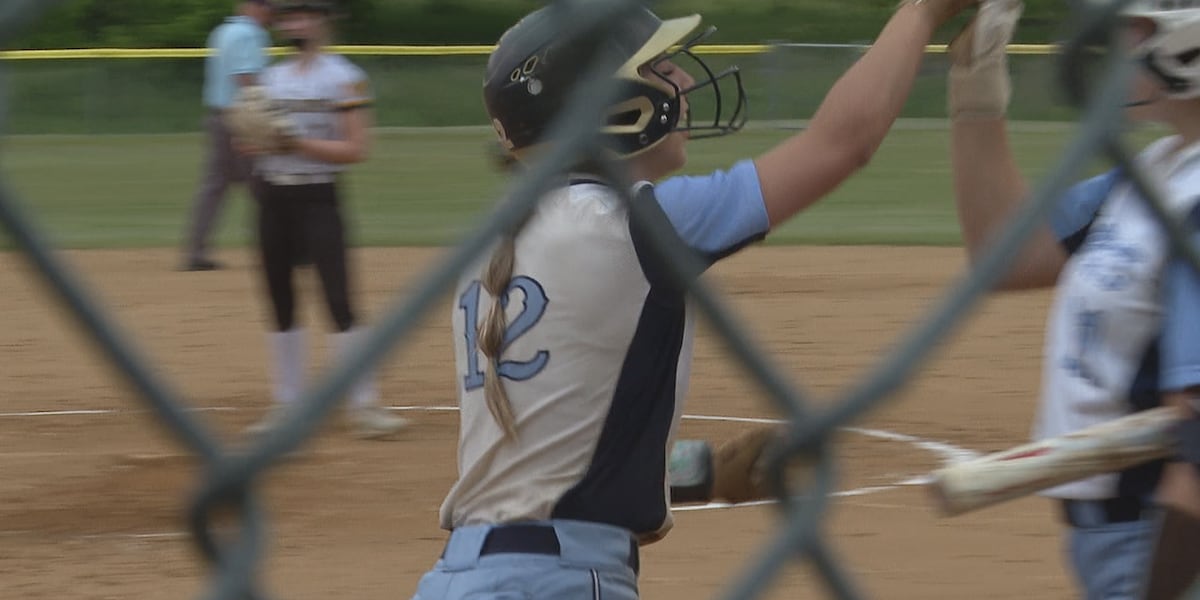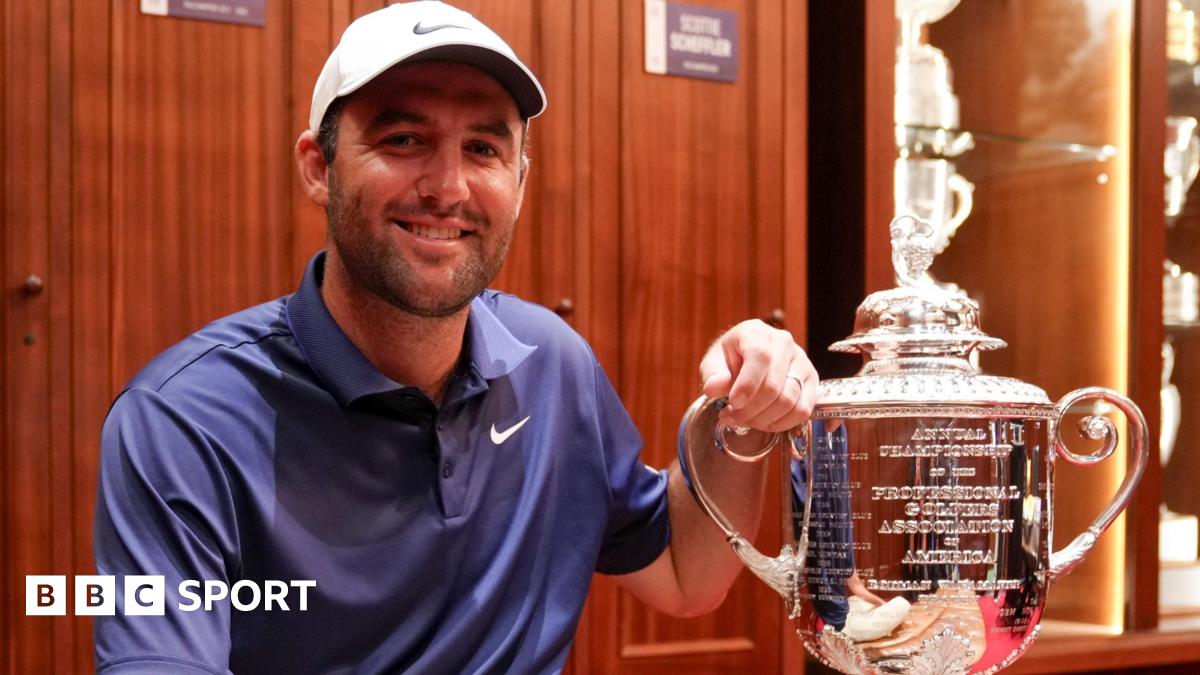On Monday night, leaders representing the Power Four conferences began circulating a binding document that could radically transform rules enforcement in college football, according to Yahoo Sports.
The agreement would create the College Sports Commission, a new entity geared toward rules enforcement. Power Four schools would be required to sign the contract or risk expulsion from their leagues and having member schools refuse to play games against them. Additionally, it would limit the ability for schools to sue over enforcement decisions, radically transforming the outlook of the new era of college athletics.
On the surface this sounds like a move toward much-needed regulatory relief in what many have called the "wild west" era of college sports. But upon further review, the thorny legal issues that have defined the NIL and transfer portal era of college sports continue to stare you in the face. This document doesn't make those problems go away.
College sports is in the midst of a governance shift. If you've ever complained that football, in particular, lacks a commissioner-style leader or that the power conferences should break away from the NCAA -- congratulations, you're more or less getting what you want.
Assuming the House settlement is finalized, as many in the industry believe could happen as soon as this week, the Power Four conferences will hire a CEO. That process is already underway. This person will oversee a new enforcement arm and effectively relegate the NCAA's role to handling eligibility and organizing competition in its sponsored sports.
When it comes to salary cap issues expected to follow the House settlement -- set at roughly $20.5 million in Year 1 for an entire athletic department -- and the legitimacy of NIL deals over $600, oversight will fall to the CSC.
The existence of such a document isn't exactly surprising. ACC athletic directors were briefed during their meetings last week in Florida, and Big Ten ADs are expected to get in the loop during their prescheduled meetings outside Los Angeles. Make no mistake, what the leagues are discussing is necessary in theory. There is a glaring need for this sort of binding agreement. Without it, what's the point of investing all this time, effort and money to settle the House case in the first place?
What happens when a school inevitably tries to bend or break compensation rules -- something that has happened repeatedly over the last 150 years of college athletics? That's the rationale behind this agreement. Ideally, a penalty structure would exist to fine rule-breaking schools and distribute the money to rivals as a deterrent. But whether such a model could be enforced long term remains unclear.
The most important thing to remember about the current state of college sports is that the legitimacy of any rule doesn't hinge on what fans, experts on social media or even school administrators think. It only matters if the rule can hold up in court -- and legal challenges are coming.
Just because a school can't sue the CSC if it signs on doesn't mean a state Attorney General couldn't. Take Tennessee, for example. Last week, it passed a law prohibiting its schools from participating in any regulation that restricts athlete compensation in violation of federal law.
Open questions remain about the House settlement, and guess where those will be answered? The settlement doesn't determine whether college athletes should be employees. It doesn't settle how Title IX will apply to future compensation models. Schools are taking vastly different approaches to distributing the $20.5 million across their athletic departments.
Because college sports lacks an antitrust exemption and athletes are not a unionized labor force, there's still plenty of room for lawsuits targeting rules that weren't collectively bargained. So for now, a new enforcement organization and a Deloitte-backed audit of school spending may be a necessary evil -- but legal clarity is still lacking. Whether or not the Power Four conference members sign a blood oath, everyone needs to play in the same sandbox. The question is whether the agreement will be worth the paper it's printed on.









 English (US) ·
English (US) ·